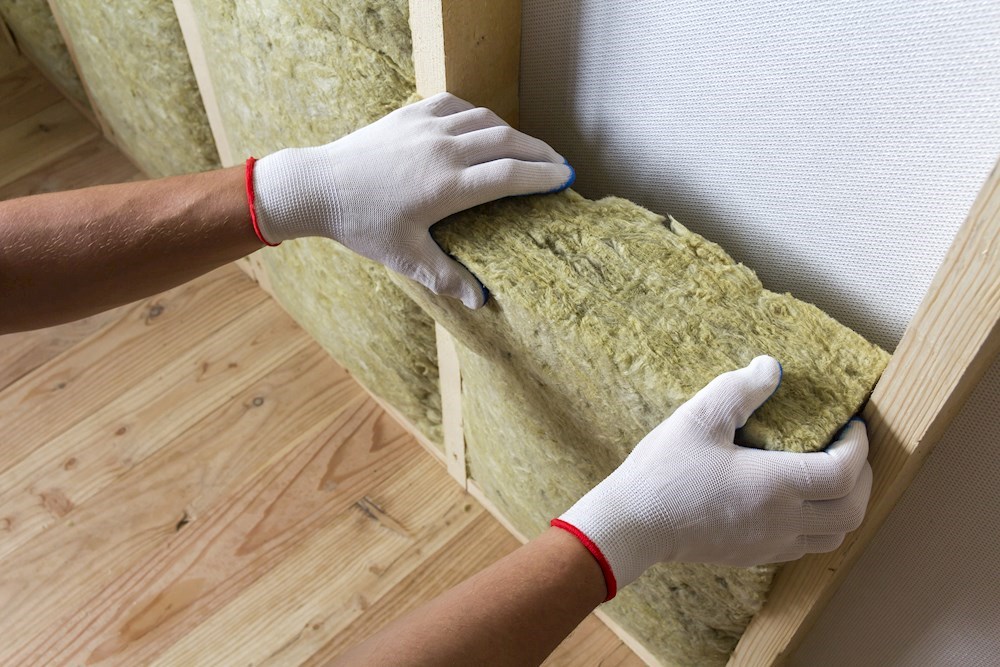Sustainability. This is not only hip and hot, but also of great importance for people and nature. In this article, we look at sustainable living and what it costs to make a home sustainable.
Sustainable, what does that actually mean?
The term sustainable means that products, materials or items have been obtained in a way that causes the least possible impact on nature and the environment. Think of things that are not subject to decay or wear and tear, or sources such as hydropower, wind and solar energy.
Sustainable living, increasingly important
In this context, a sustainable home is one that has no, very little or even a positive impact on the environment. There are several ways you can make your home more sustainable. Many people seemingly have no idea of the ways you can do this. That is why we list a number of ways below. Example: if you insulate your home, you need to heat it less. This means fewer harmful emissions and less use of fossil fuels. So insulating not only has a positive effect on the environment. Lower prices benefit your wallet and make your home much more comfortable.
There are many ways to make your home more sustainable. From water-saving showerheads to standby-killers. Every little helps. But the most effective measures are insulating your home combined with installing solar panels. In addition, when you choose HR+++ glass, you also have a very safe home.
Sustainable homes are definitely in demand. All investments you make to make your house sustainable will definitely lead to an increase in value. Moreover, you can sometimes save up to thousands of euros on your energy bill. That means lower prices (monthly costs) and a higher budget for other fun things.
Insulation comes before installation
The very first measure towards a sustainable home is insulation. A house where heat simply disappears through seams, cracks, roof, walls or floors is a waste of time.
By having your house insulated, you need to heat less in winter and stay cool in summer. An additional advantage is that you will usually have less noise pollution as well. The following types of insulation are recommended.
Cavity wall insulation
An effective and simple way to insulate the walls of (older) houses is through cavity wall insulation. An insulating agent is then injected into the cavity, the space between the inner and outer walls. This work is done from the outside, so you won't notice anything inside the house. According to Milieu Centraal, cavity wall insulation is the cheapest way to insulate the walls of your home and you will have earned back your investment after about three years.
Type of house Amount of investment Savings on an annual basis
Flat € 1,000 € 320
Terraced house € 2,200 € 800
Detached house € 3,200 € 1,300
